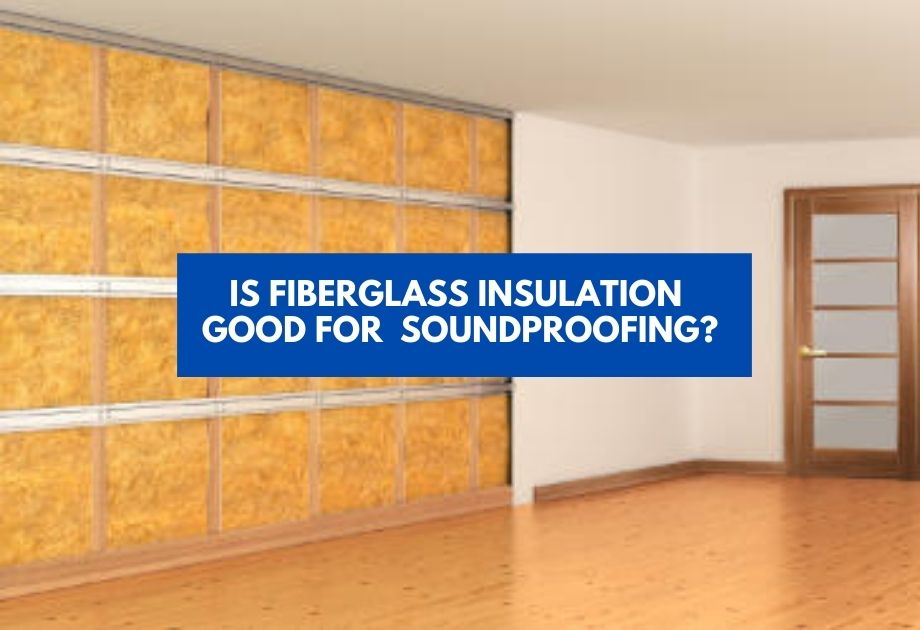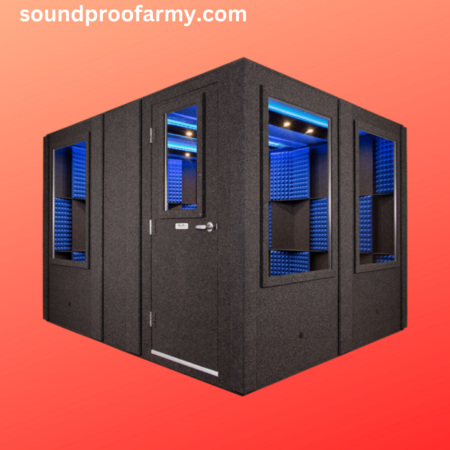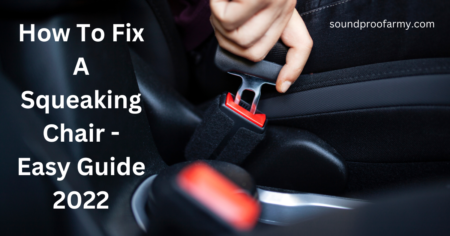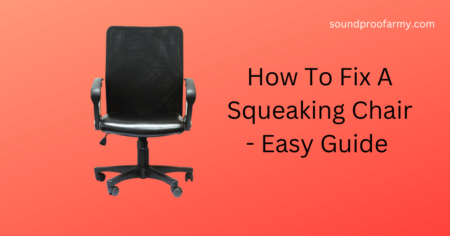Soundproofing a basement ceiling may sound like an intimidating (and expensive) project, but it is not. There are many inexpensive ways to soundproof a basement ceiling. Let´s check how to soundproof a basement ceiling cheaply?
In case you don’t have time to read them all, you can take our word for it. Installing heavy mats or carpet on the floor above (if that is a viable option). Plus, sealing all the gaps in the ceiling with a sealant is the most effective way.
But before you commit yourself to such a project, you would have to make a few things clear.
Table of Contents
What type of noise you are dealing with?
There are two types of noise: impact and airborne. The former is also known as structure-borne noise.
Airborne noise travels from one room to another via air currents produced when someone talks or music plays for instance. So if your kids are playing noisy video games in the basement, your life would be nothing short of hell if the ceiling is letting through air-borne noise.
The best solution, in this case, is to add weight to the ceiling by installing drywall, plus getting your hands on a thick carpet or mat for the floor above). These might not be the cheapest soundproofing techniques, but they do a perfect job.
Now as you know the difference between different types of noise, and have figured out the type you should address first, let’s delve into our list of the cheapest ways to soundproof a basement ceiling.
9 Tips on Soundproofing a basement ceiling cheap:
Most people don’t think of their basement as a special room. But there are many ways that you can use your basement.
You can make it your home office, or a study room for kids. If you like to read books, you could make it your library.
Whatever the ultimate purpose is, soundproofing the basement ceiling should be your top priority if you want peace and quiet within the basement or the floor above.
Without further ado, let’s get into our first hack.
Seal all gaps & Cracks
These are key to soundproofing a basement ceiling. Gaps might come out of nowhere, and so you should always check for them in your spare time.
This can be done by simply running the hand over the surface of the walls or using some other object (like a metal ruler) that will produce an unpleasant sound if it comes into contact with any gap or cracks.
Next, you would have to use chaulking seals to fix the gaps and cracks. A chaulking sealant is a great soundproofing material, but it should be left to dry for at least 24 hours before applying the final coat.
The cheapest alternative would be using silicone sealant, and this can work just as well in sealing gaps and cracks on the ceiling of your basement.
However, the downside with silicons is that they tend to leave an unpleasant smell after drying up.
But you will not want to use these if there are kids around because of their toxicity or astringent properties (especially when used in high quantities).
Another expensive way to install a wooden board with considerable density.
Keep in mind that without sealing off the gaps you won’t be able to get the desired results no matter what other ways you come up to deal with the noise.
Use Thick Carpet or Mat on the floor above the ceiling
Thick mats or carpet on the floor above will do a great job soundproofing a basement ceiling. It is important to note that you can use other types of materials, like rubber-backed carpets and rugs, but they won’t be as effective in containing vibrations coming from up there (above).
The thicker the material used for your eave mat/carpet, the better it would work at absorbing any impact noise.
If you have already invested enough in the carpeting, you can get similar results by adding some padding beneath them. Alternatively, you can use mass-loaded vinyl sheets. They come in cheap and can be cut to size easily.
Use resilient channel and drywall
How does it work? This setup is also known as a hanging ceiling would create space between the ceiling and the drywall thus making it difficult for noise to seep through the ceiling.
Soundproofing a basement ceiling with resilient channel and drywall is cheaper than installing sound-absorbing materials in the entire room. And it will not cost you any more time or effort.
As for its effectiveness – well, noise coming from below would be greatly reduced by this method. You should remember that resilient channels will only stop airborne noise so you need to address any impact noises separately.
Rearrange Furniture:
If you have soundproofed the ceiling with the resilient channel, then it is time to rearrange some of your furniture.
Just moving a few pieces downstairs (like a couch or an armchair) and/or installing them upstairs on the floor above should do the trick in most cases.
It will help in reducing vibrations from flowing through the floor and into your ceiling, thus reducing noise.
This will also improve the acoustic insulation in your basement.
If you have a long-term rental, then it is best to ask for permission before moving furniture around and/or rearranging too much of the house.
Otherwise, you might end up getting fined by your landlord or even kicked out! So just make sure that you are not violating any of the terms and conditions that you agreed to when taking on a long-term lease.
There are other ways where furniture can help with reducing noise penetration into your basement from the room above.
For instance, you could use furniture to block off an area of the ceiling that is close to a sound source so that only impact noise can penetrate into your basement (like near large windows).
Use Acoustic insulation foam
The material is easily installed and often comes in panels that are easy to cut with scissors. It also has an adhesive backing, which makes installation much easier than other materials without this feature.
If you have any metal pipes running across the basement ceiling, cover them up using acoustic pipe wrap; this is an easy and inexpensive fix that has proved effective for many people.
The acoustic foam panels absorb sound and are often used in recording studios. If you are planning to turn your basement into a home theater, you would have to use the acoustic panels on the walls.
The foam panels are available at many stores, including big-box hardware stores like Home Depot or Lowes as well as online retailers. You will want to measure your ceiling before purchasing any material so that you have enough on hand when it arrives.
Acoustic insulation in the ceiling joist
A hollow ceiling joist is often the culprit behind noise leakage through the basement ceiling.
If the joists are not completely filled in with sound-blocking insulation, then it is a good idea to add some.
You can then use an adhesive spray to attach them to the joist. You will want to work with a partner when doing this because it is very difficult to do alone, and you’ll need someone to hold the foam in place while you spray on the adhesive.
This can be effective for soundproofing noises such as footsteps or yelling upstairs from your kids, but may not be sufficient if there are loud parties or music playing upstairs.
Use MuteX soundproofing material:
It is a better alternative to acoustic soundproofing panels. MuteX is a kind of mat that can be used to soundproof basement ceilings. It is a thick roll of black material that is actually lightweight.
Mutex soundproof material is made of two main parts. The vinyl makes it more flexible, while the high mass element helps to keep out sounds.
Using MuteX for insulating the basement ceiling is a good way to solve sound problems in your basement cheaply.
We suggest installing drywall on the ceiling in order to provide an additional layer. You can either staple or glue it down, and then hang that up.
Apply Green Glue
Green glue is like a dampener. When sound waves get to the glue, it changes them to heat energy and then they go away.
It can also be used to soundproof a basement ceiling. It is designed for installation on the seams of drywall panels, and it helps reduce noise by filling in any gaps that might allow sound to travel through from an adjoining room.
You will want to measure your space before applying green glue so you know how much material you’ll need.
Simply apply the glue in a thin line to cover seams, and then use a trowel or putty knife to smooth it out. Allow it to dry for at least 24 hours before hanging any new ceiling panels.
This method has been shown effective against sound that is traveling through gaps on ceilings as well as impact noise such as footsteps or furniture moving about.
Use soundproof paint
The paint is designed to absorb sound in the same way that green glue does. However, it only works when you use it with other soundproofing hacks we discussed above.
Soundproof paint is made of thick materials, like latex. The sound reflects back to the source and reduces how much of the sound gets transmitted.
By an estimate, thick paint can absorb up to 30% of sound waves traveling through your basement ceiling.
Final Words on Soundproofing the Basement Ceiling Cheaply
The cheapest way to soundproof a basement ceiling is to do it yourself. We have discussed the ways you can apply.
For best results, you should apply two or three techniques in combination. As we mentioned earlier, two of the most cost-effective ways are using a thick mat or padding on the floor above and ceiling the gaps and cracks in the ceiling.
Soundproofing the ceiling of a basement is totally worth it If you want complete peace and quiet while working on your projects, reading, or watching movies without being interrupted by noise upstairs.

![How To Soundproof A Basement Ceiling Cheaply [9 Ways]](https://soundproofarmy.com/wp-content/uploads/2021/06/cheapest-ways-to-soundproof-basement-ceiling-Simple-DIY-Hacks.jpg)


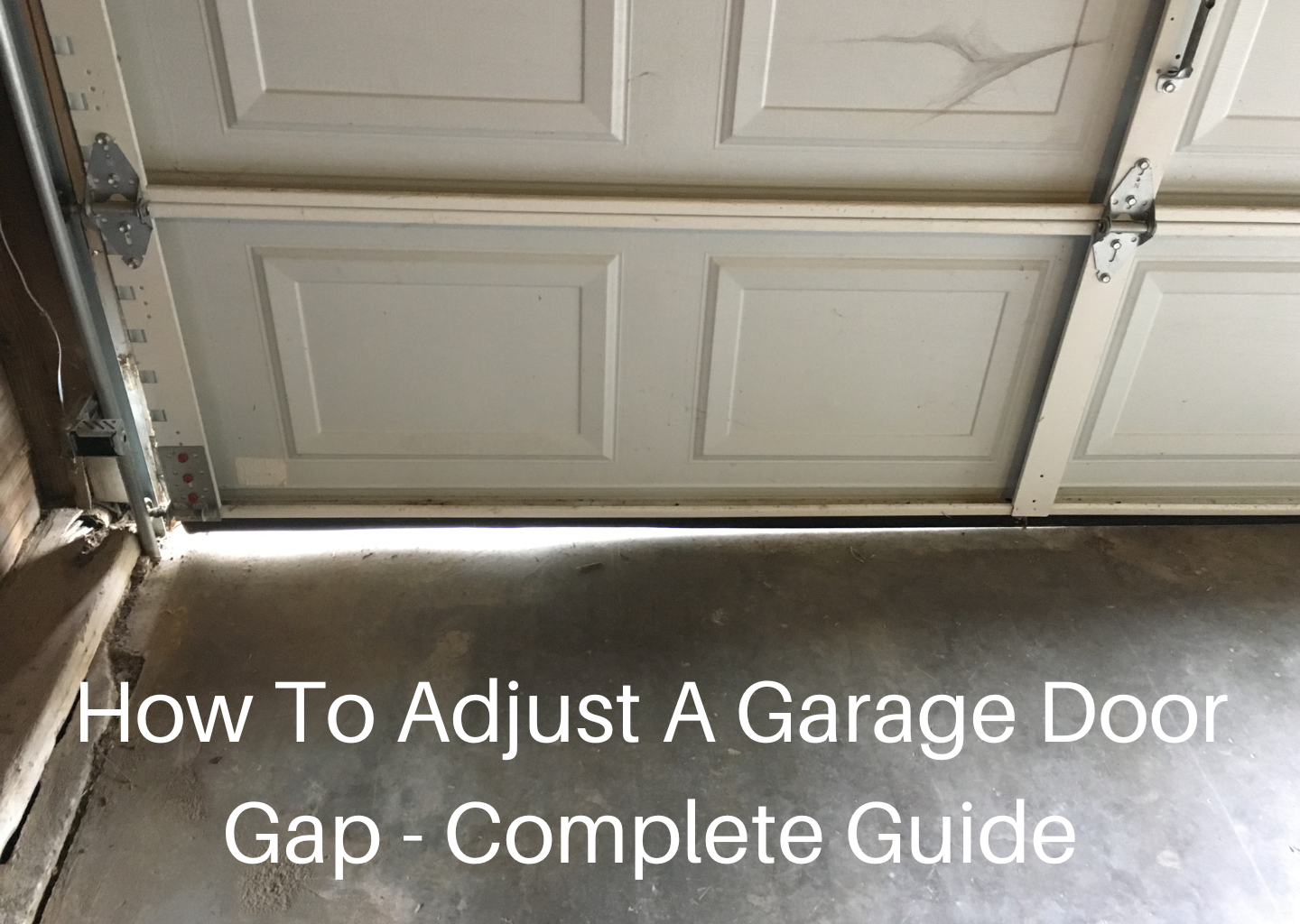
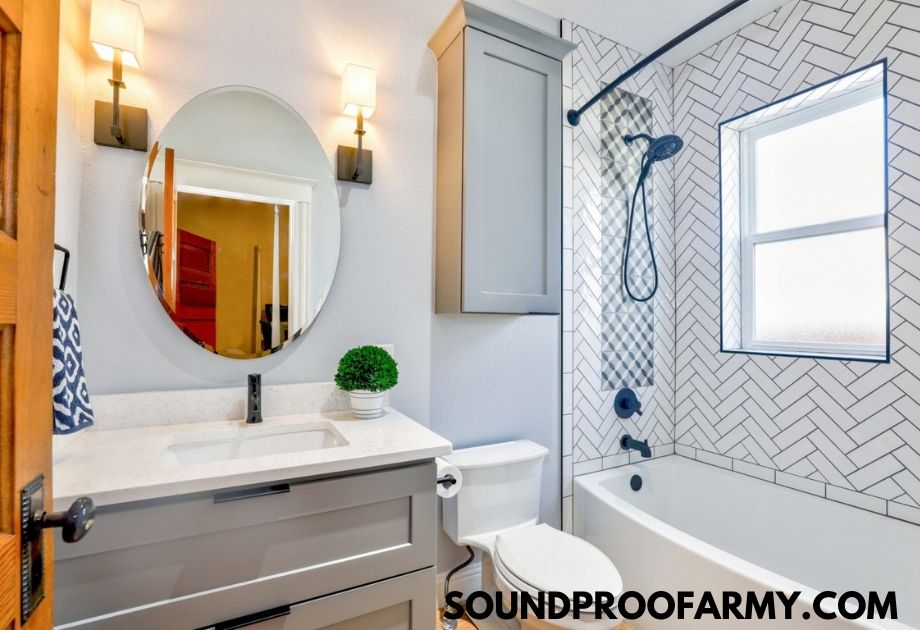
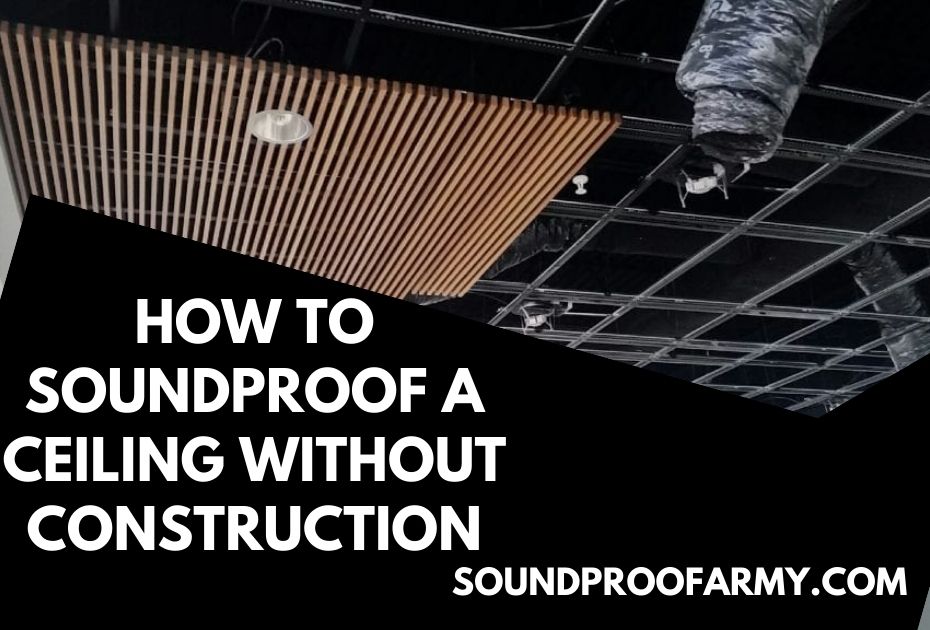
![How to Soundproof a Door with Household Items [14 Effective Ways]](https://soundproofarmy.com/wp-content/uploads/2021/07/How-to-Soundproof-a-Door-with-Household-Items.jpg)

